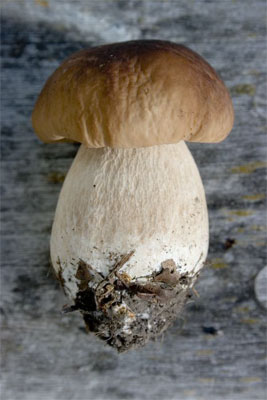On Saturday, I bought a wooden toilet seat. I don't often buy wooden toilet seats - although they are the only kind worth sitting on - but I had to replace a broken seat for an ageing relative. So I visited the nearest Mitre 10 and bought the only wooden seat they had on offer. It cost a little over $40. The box said "made with New Zealand pine", so I thought I was being a good consumer and supporting local industry.
When it came to fitting the thing (in itself, something of a challenge - I don't often spend 20 minutes with my nose pressed close to the back of someone else's toilet pan, or my own, for that matter), I noticed that the seat was made in China. I did a mental double take. This seat was made in China with wood shipped from New Zealand, and then shipped back here for sale. Wouldn't it have made more sense to have made the thing in NZ?
The answer, of course, is yes. Two loads of shipping avoided. However, the economic logic of retailing suggests that the Chinese seat is cheaper to Mitre 10 than locally sourced alternatives, enabling them to fill demand for wooden seats and make a reasonable margin. This is the reality of globalisation. We buy things from the places that make them most "efficiently" - which usually means for the lowest price. This relies on the ready availability of cheap global transport, and cheap labour in foreign parts. If neither of those things were available, we'd have people in NZ making wooden toilet seats for home improvement stores. And that would be a good thing. Perhaps I should start a campaign to encourage the use of NZ-made wooden toilet seats. I'm obviously coming over all Green...



.jpg)


